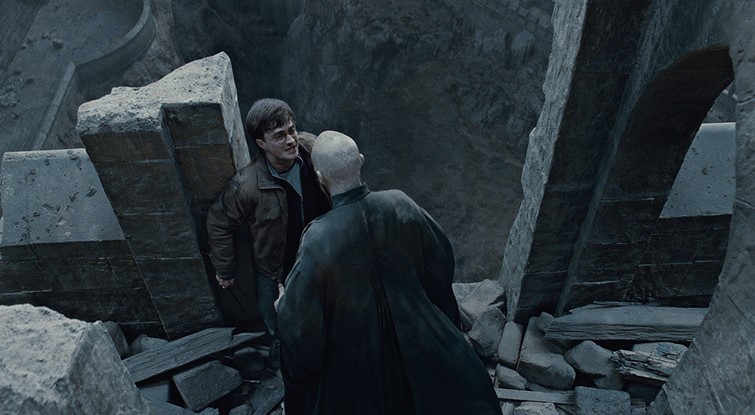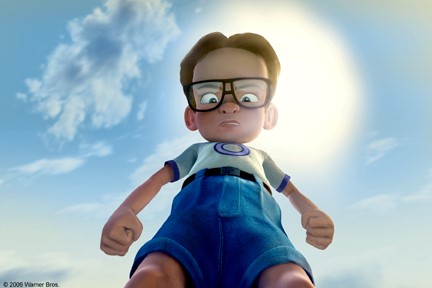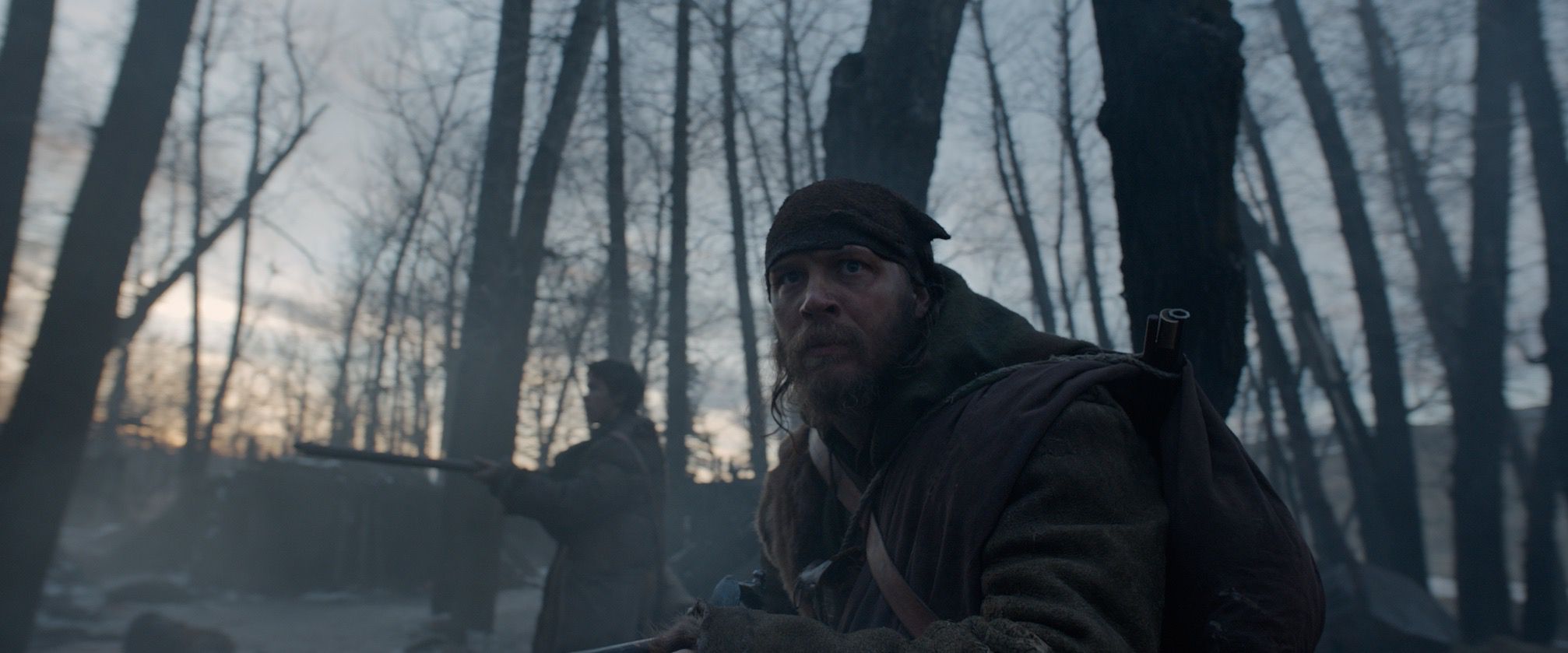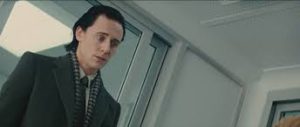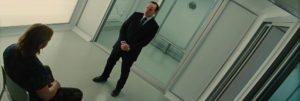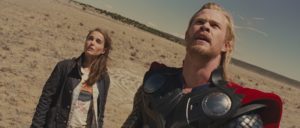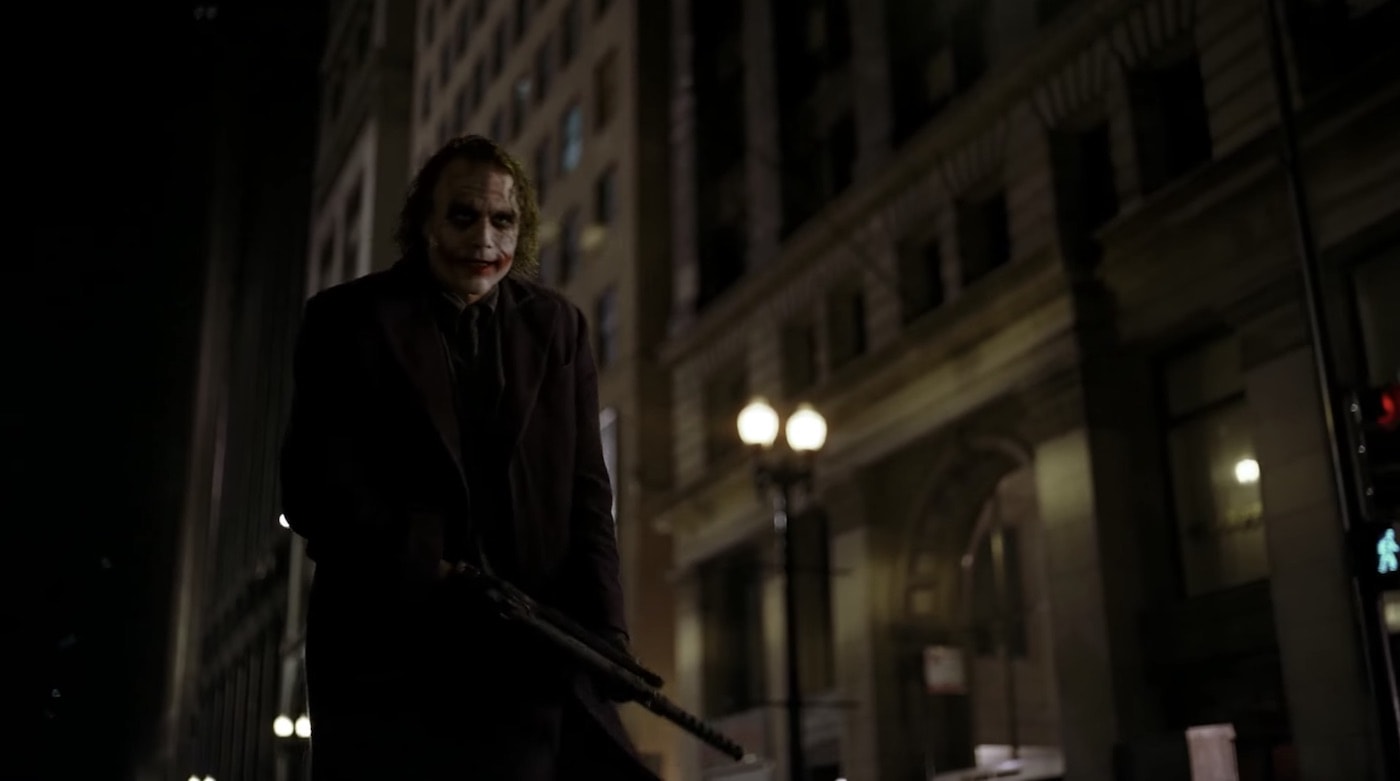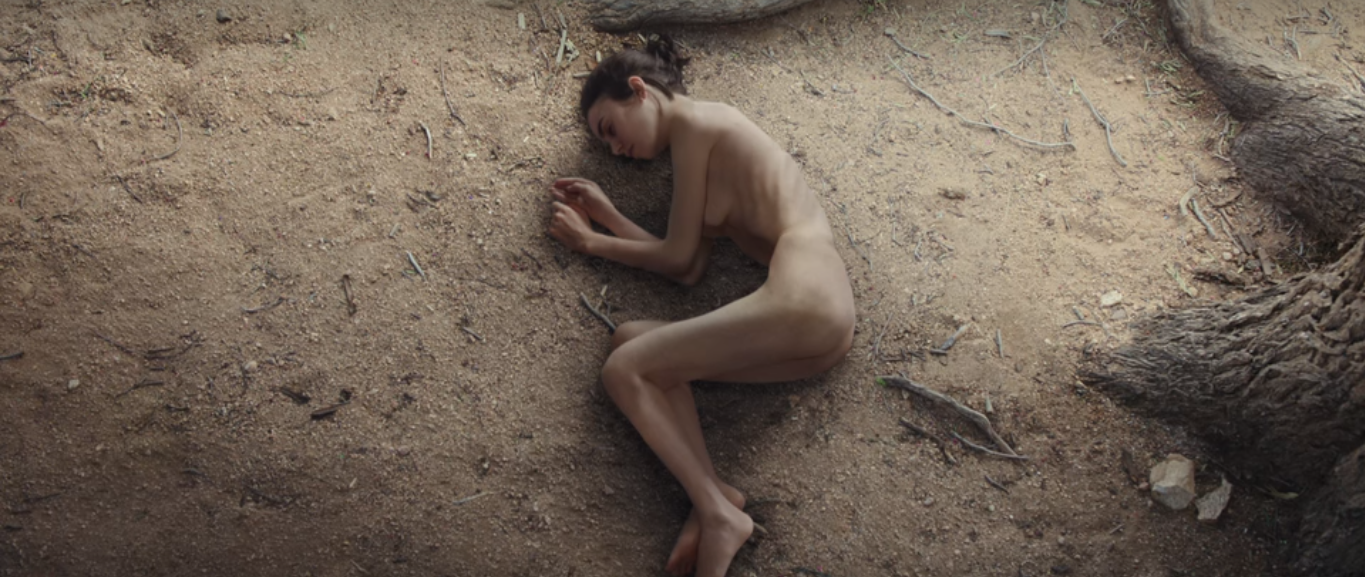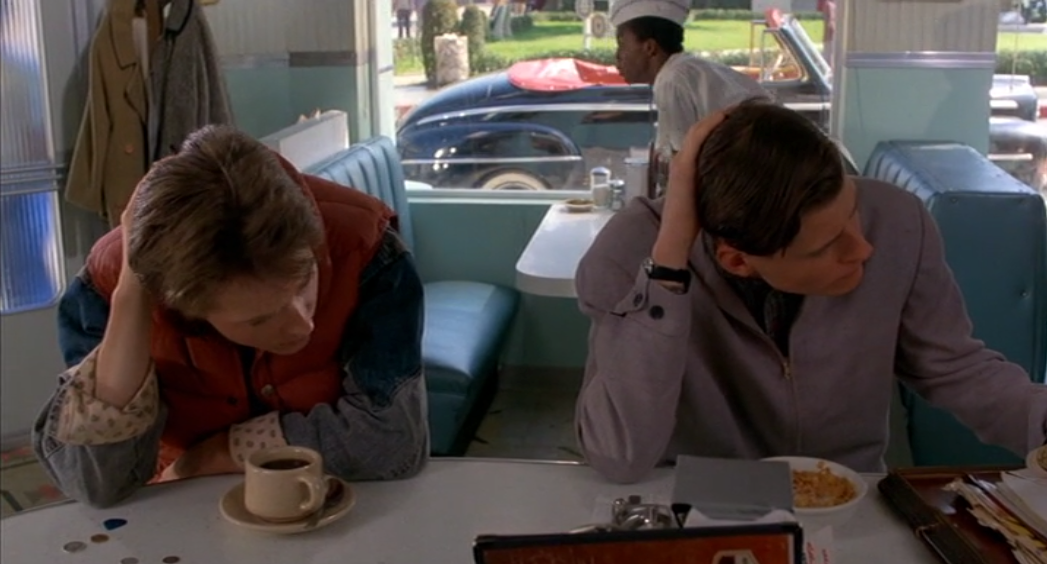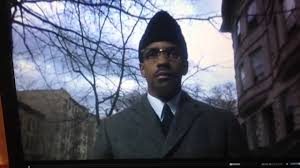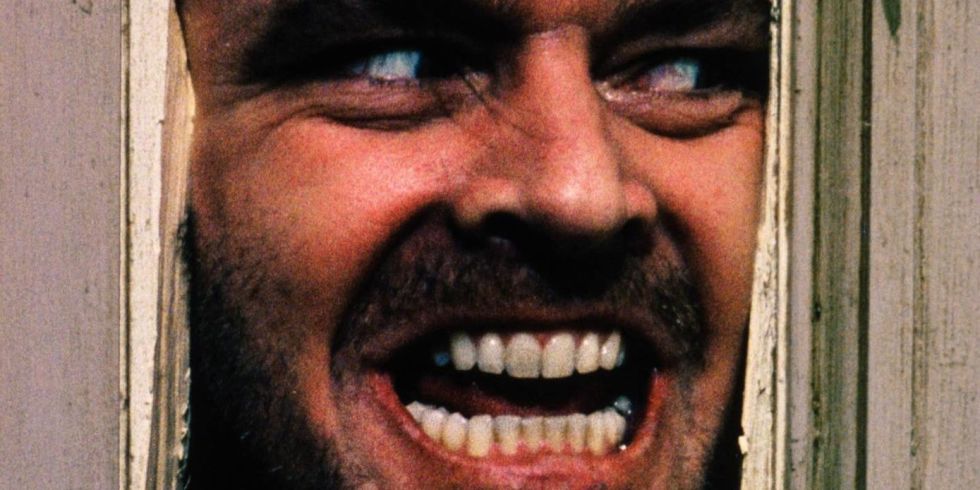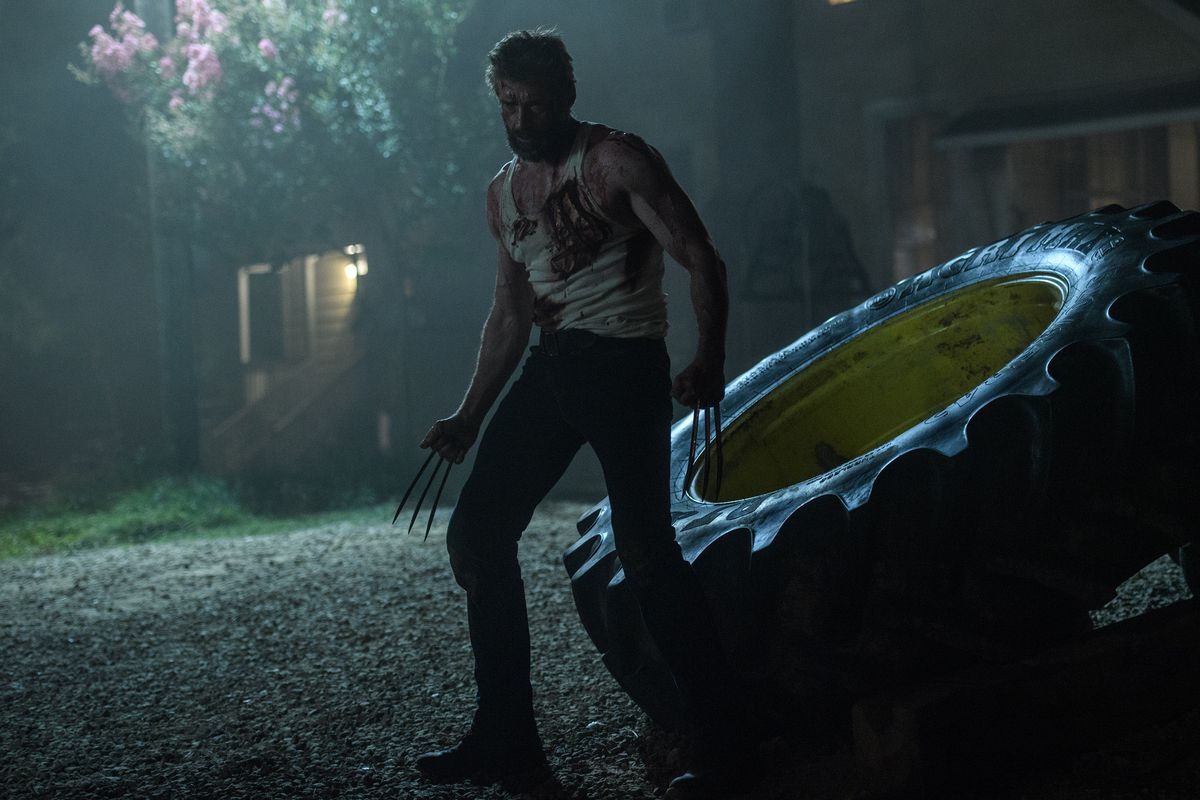A famous example of a tracking shot is from ‘Touch of evil’ (1958, by Orson Welles) I decided on this particular shot because of how visually interesting it is. A main reason for its significance is the tension it builds up. The whole film itself is very intense, with moments of slow agonising wait compared to some bursts of fast and sharp action. This particular shot is deliberately slow, and drawn out to both excite and frighten the audience, who are eagerly anticipating the next move. The daunting irony of the audience knowing that the time bomb is inside the car heightens the tension as it makes us feel like we are in on the action, especially the irritation as the couple regularly pass the car. We are anticipating the next move, so keeping us focused on the car is an interesting tactic in ensuring that no one looks away. By using this type of camera movement, this ensures that the audience can only focus on the action in front of them, and the pace of which the action is delivered; is deliberately controlled to create a tense and fearful atmosphere
A good example of a crane shot is from ‘Citizen Kane’ (1941, Orson Welles) This film was directed by Welles, who also directed ‘Touch of evil’ which incorporates various shot types into his work. I chose this film in particular because I think that the shot has a powerful impact on the audience, because of how it visually appease but also because of the significance it has towards the plot and character development. This scene depicts the story of the lack of appreciation for Susan’s performance, solidifying her character as looked down upon and somewhat tragic. This instantly evokes sympathy from the audience, who want to get to know the character. The camera rises up to the rafters, to overlook the scene from such a height. This gives us a broad view of the action, which ensures that we can observe everything going on. By ultimately separating us from Susan, we are given the illusion that she is trapped within this life that Kane has set for her and cannot get out. Since we are looking over the scene, this can give the implication that people looked down and upon the character, which can make the audience feel even further sorry for her
The film ’Animal Kingdom’ (2010, by David Michôd) showcases a good example of a dolly shot. The shot is an excellent way of establishing the eerie and almost frightening scene. The slow movement drags onto Pope’s longing expression, the audience then assumes that he is staring at the TV which is shown. But the picture cuts to Nicky, a character of which is asleep. This can be very effective in creating a spooked atmosphere but also clearly establishing Pope as a character not to be reckoned with. The movement is very significant, because it is deliberately slow which keeps the audience on the edge of their seat while equally entertained but also frightened.
‘Toy story’ (1995, by John Lasseter) shows an excellent example of a pedestal camera movement. The camera moves upwards from Buzz when he makes his first appearance in the film. This is done primarily to visually showcase his implicated and expressed superiority over Woody, who feels replaced. By showing him looking down on Woody, this is foreshadowing the feelings of inferiority and replacement by Woody later on in the film. This evokes an instant aspect of distain towards Buzz by the audience, because we are rooting for Woody; the protagonist, and do not like the idea of Buzz thinking that he is superior. Since this is our first look at Buzz, I personally think that our first impressions are largely negative. We get the impression that he is vain and extremely self-assured by his confident position looming over Woody. This suggests aspects of his character are mainly confident. By slowing lifting the camera upwards, not only is the tension manipulated by the camera crew but we are only showed Woody’s reaction as he first witnesses Buzz

A good example of a tilt movement is from ‘Star Wars: Episode IV – A New Hope’ (1977, by George Lucas) This famous shot is used in the opening scene, which implies that its main role of significance is to set the scene for the audience. The camera tilts down from the stars, to the planet. This instantly indicates the sci-fi aspect of the film by showing it is on a different, fictional planet. By starting with filming the stars, the audience get a peaceful start to the film, which contradicts all of the later action and tension. Since the opening begins with something basic enough, we can suggest that the action will increase later throughout the film. I think that the audience would be pleased by this opening, because they get an interesting visual of the world which helps create verisimilitude

The film ‘Psycho’ (1960, by Alfred Hitchcock’ utilises an excellent example of a pan downwards camera movement. The camera slowly pans down as Marion falls down after being stabbed. As the protagonist, her death is arguably very significant so her death would need to be something which engaged the audience because of her relevance as the main character. Since the camera slowly pans, this is important in creating tension which contradicts the frenzy and wildness of the situation. I think that the audience would sympathize with Marion because they understand her desperate character and do not think that she deserves to die

